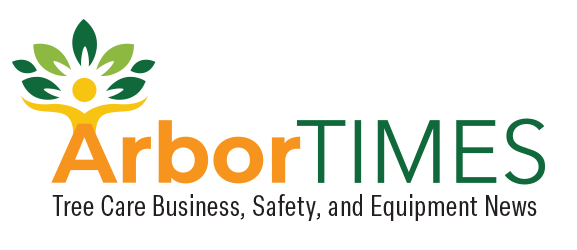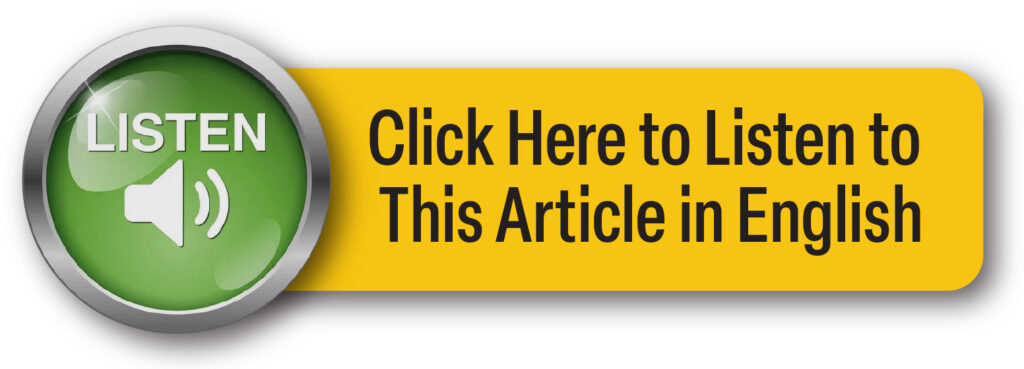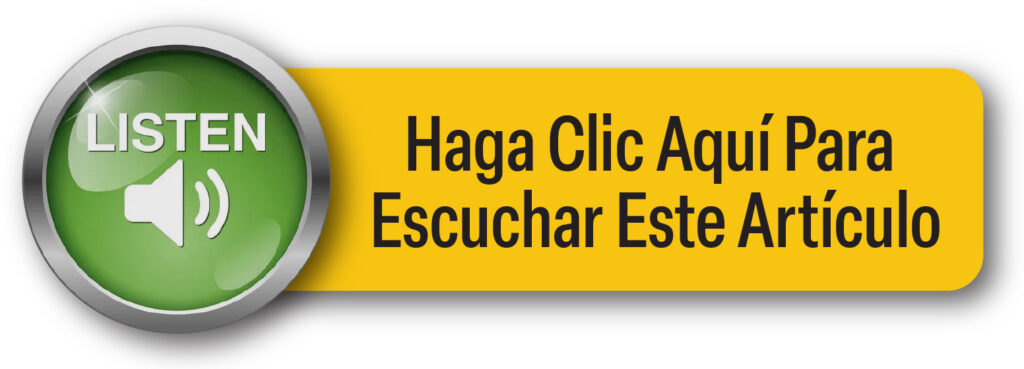Standing Out In a Crowd
Marketing essentials that connect with customers
Este es nuestro intento de convertir las historias en audio español usando Inteligencia Artificial. Aún así le recomendamos que reconfirme ciertas palabras clave y temas. ArborTIMES no garantiza ni se responsabiliza de la conversión del inglés al español de los relatos.

Gone are the days when the best way to attract new clients was to place an ad in the newspaper or pop a flyer in the mail. Now, the success of many tree care companies seems to rely on mysterious Google algorithms, pay-per-click advertising, YouTube videos, and a never-ending quest for likes on social media.
For the average business owner who would rather focus on caring for trees, tending to never-ending marketing needs can be exhausting. Plus, how can you be sure it’s even working?
Whether attempting a DIY approach or relying on the services of an outside partner, every business needs to develop a marketing plan — or at least know what it involves. But no matter what you end up doing, having the right data is essential.
“That to me is one of the biggest weaknesses in the tree care industry — the lack of data,” says Monica Hemingway, founder and CEO of marketing agency Tree Care Marketing Solutions. “Be sure you have the right data, because if you don’t, you’re flying blind.”
Looking to start or spruce up your marketing plan? Here are a few tools every business needs to help potential customers find you.
Brand identity
Before diving into any marketing plan, every business needs to know who they are and who they serve.
“The brand is really, that’s the secret in marketing,” says Wesley Smith, CEO of Tree Service Digital, a marketing agency serving the tree care industry. “If you can spend your time building a brand, then people will remember you.”
Businesses only have about seven seconds to make a first impression, with some research indicating potential customers can determine a company’s trustworthiness in as little as 1/10 of a second. This is why establishing a strong brand identity is so important.
Just like every person has their own personality, a clear brand distinguishes a company, product, or service as unique from the competition. Branding refers to anything that influences how customers perceive your company’s purpose, reputation, and core values. This can include your company name, logo, color palette, tone of voice, mission statement, or company slogan.
Any good brand identity starts with robust audience research to learn as much about your customers as you can. Learning about basic demographics, such as age, education, income, spending habits, and interests can inform about their challenges and needs.
Knowing this will allow organizations to develop a brand identity that speaks to those needs. The trick to developing a company’s brand is to keep it simple, clear, and authentic to who you are.”

Website
Websites don’t need to be extravagant to be effective, but they do need to clearly reflect who you are, what you do, and how customers can make contact. Having a website is important because it provides an anchor for most marketing efforts and can produce powerful data on customer behavior.
“That’s today’s storefront,” says Smith. “You need a website so people can look you up.”
User-friendly website builders like Wix or Squarespace make it relatively easy to set up a website, offering an assortment of templates and even assistance in designing a logo and selecting a color palette. This can be especially helpful if you need help developing the visual elements of your business’ brand.
Websites can go further to incorporate an array of powerful tools and features designed to build and track your customer database. These range from pop-up subscription prompts, heat maps to see how visitors explore websites, email marketing, and SEO optimization.
Worried you’ll get it wrong? Most website builders can connect you to designers who can assist in bringing your vision to life. This can be especially helpful in optimizing the site to ensure customers can find you during an online search.
Google business profile
Setting up a free Google business profile is a natural next step to launching a website. Doing so allows businesses to manage their online presence and makes it easier for customers to connect with services.
While the basic set up is relatively easy to accomplish, it does require an additional business verification process.
“There’s a couple of tricks to get verified, but once you do, you have a map listing in your local market,” says Smith. “That’s going to get you found more often.”
Once complete, businesses are encouraged to customize their profile with business hours, photos, descriptions of products and services, and even special offers.
This is also where customers can leave reviews that give a business social proof, the perception that a company is trustworthy and reliable. Encouraging and responding to reviews and regularly updating a profile can increase a business’ visibility in search results.
Social media
Social media is a great way to engage followers and conduct “social listening,” keeping tabs on industry trends, consumer needs, and what your competition is doing.
Consistency is crucial with developing — and maintaining — a social media strategy. Many businesses start out strong and pledge to maintain a steady stream of engaging posts only to quickly run out of ideas or get distracted by the daily demands of running a business.
It’s easy for social media efforts to get hamstrung by a range of challenges. In addition to inconsistent posting, these include a lack of clear goals or objectives, not knowing who your target audience is, inconsistent or off-brand messaging, and a lack of follow through in responding to comments.
A good social media strategy starts with understanding who your audience is and which platforms they prefer. It’s also important to be clear on what you want to achieve through social media, whether that’s brand awareness, lead generation, or engagement. Knowing this will help identify your SMART goals: efforts that are specific, measurable, achievable, relevant, and time-bound.
It’s best to start small. Commit to posting one or two times a week and take some time to map out posts in advance. Using a content calendar keeps posts organized and ensures you have the right mix of images, videos, infographics, and blogs. Both Instagram and Facebook offer scheduling and analytics tools for free, or you can engage content management systems like Hootsuite, Loomly, or Sprout Social for more complex goals.
Newsletters and email blasts
According to Hemingway, newsletters and email blasts are distinct marketing tools that serve entirely different needs.
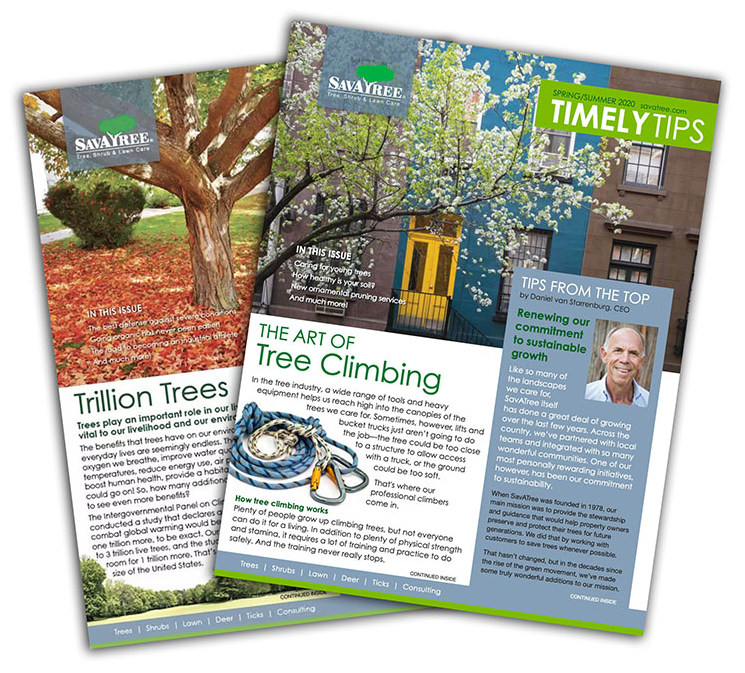
“There are a lot of misconceptions about [newsletters] and what they should be about,” says Hemingway. “A lot of business owners want to talk about what’s interesting for them, but the point is not to advertise your business.”
While email blasts can alert customers to special offers or discounts, newsletters show you understand what’s important to customers. Hemingway favors a monthly newsletter that features timely and useful content, such as a guide to local apple orchards and recipes in the fall.
“It’s not just about trees,” she says. “They’re meant to be informative and relevant.”
As with anything related to marketing, it’s important to track everything to see how each piece of communication generates business. A successful email will have high open rates and low unsubscribe rates, Hemingway says.
Segmenting, or tailoring messaging to different categories within a larger customer database, can also help capture attention, provided these lists are regularly maintained and updated.
“The more you can segment your list the better,” says Hemingway, adding that newsletters especially only work when they are sent regularly. “You’ve got to be consistent with it. I don’t recommend going longer than a month, because people have a short memory.”
Organic traffic vs. paid ads
Search engine optimization (SEO) represents how high your business ranks during an online search — without the intervention of a paid ad. This organic traffic depends on whether an organization’s website, social media, and other content aligns with what consumers are searching for.
Search engines such as Google develop complex algorithms to analyze search behavior to deliver only the most relevant and qualified results. While tactics like keyword stuffing may’ve worked in the early days of SEO, today Google makes constant adjustments to its algorithms to stay ahead of marketing short cuts.
While these updates can be a source of frustration for marketers struggling to keep up, their ultimate purpose is to protect the interest of consumers. One of Google’s most recent algorithm updates, for example, reduced the number of fake business profiles by 45% in 2023.
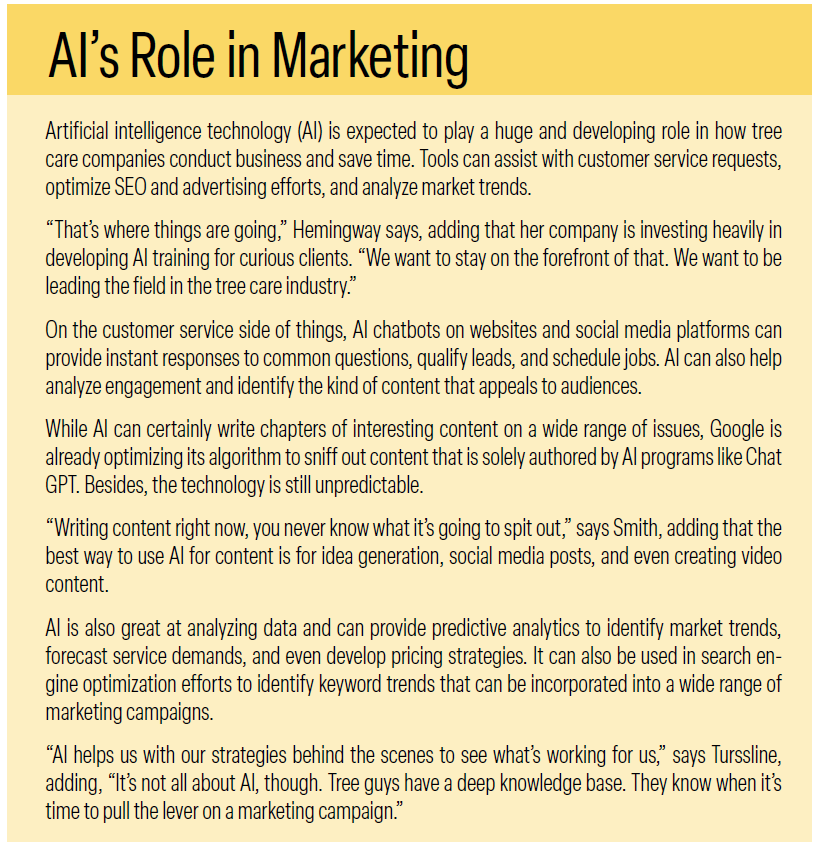
Instead of trying to outsmart the algorithm, businesses can develop organic traffic by learning about their customers and providing content that clearly addresses their needs. Encouraging customers to leave positive reviews – and addressing negative ones – is the modern-day equivalent of good customer service that any business would benefit from.
Of course, paid advertisements certainly have their place, especially with businesses who want to boost sales while they wait for their organic traffic to grow.
Google’s pay-per-click advertising provides businesses with the “sponsored” results often found at the top of search pages. These can be effective in driving customers already searching for your product or service and result in boosted web traffic, which can positively impact organic traffic.
According to Smith, the trick with paid ads is setting an appropriate daily budget and using the right message, usually by offering a discount or coupon.
“If the daily budget is too low, then you’re only going to get one or two clicks,” he says, adding that you need a good four to seven clicks to get one promising lead. “You just need to make sure you’re going after the right target. You have to have the right call to action.”
Making paid ads work takes regular testing and fine tuning, something some business owners don’t always have the patience for.
“Sometimes, the tendency is if you tried something and it doesn’t work to just write it off,” Smith says.
Both Smith and Hemingway favor paid ads on Google over Facebook and Instagram, although Hemingway says ads on YouTube appear to be on the rise.
Buying leads
For those businesses who want to avoid the marketing mystery, buying leads can be a great way to cut to the chase and build a customer database.
“They’re not marketing companies, they’re tree companies,” says John Turssline, Jr., vice president of sales and client services for Tree Leads Today. “Some of them have tried things on their own and realized that the investment of time and money is just not worth it to them. It makes a lot more sense to partner with someone in that field.”
Tree Leads Today curates exclusive local leads for businesses ranging in size from small companies just getting started to well-established businesses looking to expand. The value of these leads, Turssline says, is that most tree care companies market their services in similar ways, making it hard to compete, and everyone is “at the mercy of Google.”
“We’re providing meaningful leads that our clients can turn around,”Turssline says. “We’ve helped companies go from really small to really large in a short amount of time.”
Smith acknowledges that buying leads can help companies gain an edge, but cautions against relying on them too much.
“If that’s all you’re doing for five to 10 years, that’s time you could be working on your brand,” he says.
Outsourcing marketing
Good marketing is the result of patience, trial and error, and persistence. And while some business owners and savvy employees are happy to figure out how to make it work, sometimes it’s best left to the professionals.
“Where a marketing agency comes in is that they are going to make sure you don’t spend money that doesn’t work,” says Smith. He uses Google ads, which can cost $10 to $12 per click, as an example. If someone searching for tree care gear engages with an ad for tree care services, that’s a “wasteful click,” as it probably won’t result in a lead.
Hemingway agrees.
“With anything where you’re paying for it, you get to have clear metrics in place to see if it’s working for you,” says Hemingway. “You need to tie leads to the amount of sales they generate. That’s the ultimate measure of success.”

Hemingway also encourages businesses to go offline and develop real networks within their communities. Offering to write a monthly column in a local newspaper, for example, may be more effective than running an ad in the publication, she says.
While most modern marketers emphasize digital marketing efforts, old-fashioned efforts still work. Door hangers, truck decals, and other practices offer simple yet effective ways to bring in business.
“It’s really just about touches,” says Smith, who recommends leaving door hangers at the homes of surrounding neighbors during a job. “Just putting a yard sign out for the day also gets people making impressions.”
Smith, Hemingway, and Turssline all practice what they preach when it comes to marketing. This is what allows them to understand and cater solely to the needs of the tree care industry, a niche, they say, is unique and special.
“We love the world of arboriculture. We’ve been in the industry a long time, and we’ve seen so much need,” says Hemingway. “After 15 years, we know what works and what doesn’t. We’ve seen it, we’ve tried it, we’ve tested it.”
